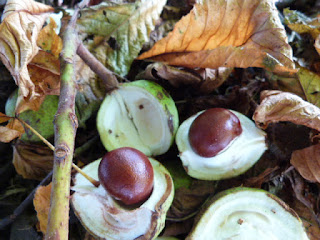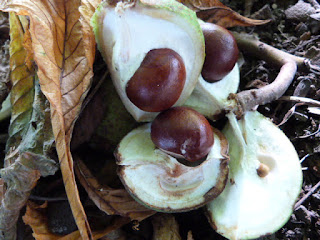 |
| Autumn colours near Thirlmere |
 |
| Autumn colour near Elterwater |
 |
| Reflective colours at Thirlmere |
 |
| An array of autumn colour |
 |
| Autumn Leaves |
 |
| Beech leaves |
 |
| Beautiful colours |
 | |
| Beech and larch trees |
 |
| Autumn leaf art! |
But then of course I got my science head back on and split all my leaves up and really started to look at the various colours and shapes and to think about how the various trees had evolved to produce these differences. Every tree species has leaves with their own special 'design' specifics for both survival, growth and to out-compete each other. So much to consider than just a beautiful bunch of leaves!














































